NuDigest: Posture and Visual Development
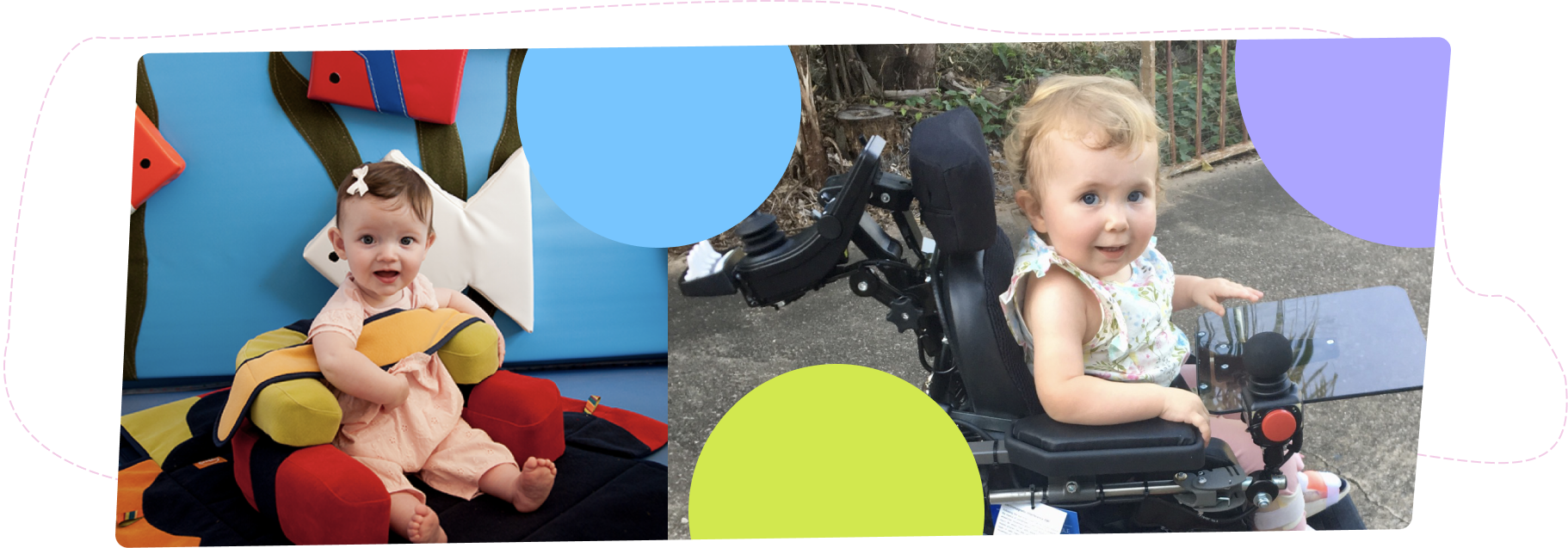
Posture in children who require some degree of external support to facilitate a midline position can affect many aspects of physical and perceptual motor development, including visual development.
For developing children, normal stimulation is required for proper visual development to occur. Without
regular stimulation, visual dysfunction such as strabismus (misalignment of the eyes) can occur due to a
lack of stimulus encouraging a child's gaze and visual fixation. This means encouraging and facilitating a
child to look at and focus on objects. Strabismus often causes diplopia (double vision), which hinders
development of binocular vision. Binocular vision, the ability to maintain focus on an object with both
eyes, is crucial for development of visual skills such as depth perception, spatial awareness, eye teaming
and visual motor integration.
How does the visual system relate to mobility and posture? The following quotes are helpful in understanding
this intimate association:
- “Vision is not only a sensory function of gathering information about our surroundings, but rather vision is a learned process dependent upon how the child interacts with his or her environment and that, in particular, is related to a child's motor development.” (Scheiman, 2011, p. 6)
- “Movement is the catalyst for developing visual perceptual skills.” (Plummer, 2014, pg. 56)
The understanding and use of the body is intimately related to the coordination of the two eyes. Body
knowledge and control encourages the development of the ability to integrate the top, bottom, and sides of
the body in a coordinated manner. Without development of these skills, mobility is negatively impacted as
individuals with visual and perceptual dysfunction can have delays in both fine and gross motor development.
Binocular vision helps to develop the visual skills that impact normal spatial concepts, the ability to
organize the environment, ability to make judgments about location of objects, awareness of the body in
space, coordination of motor movements, intact balance, and sense of direction. Some practical examples
include:
- The ability to see a desired object. Such as a toothbrush on the counter and reaching to grab it by understanding where it is in relation to the sink.
- The ability to find your way from room to room in the home.
- The ability to find the commode and successfully sit on it for toileting.
- The ability to write one's name on a piece of paper.
Evidence supports that posture greatly affects binocular vision. For example, if binocular vision is not
properly developed, the body will compensate for lack of eye teaming by altering the body's position,
sometimes by tilting the head to position the dominant eye in midline. The rest of the child's body will
then follow suit, resulting in trunk lateral flexion and/or rotation, pelvic obliquity, or windswept
posture.
Facilitating midline posture with an appropriate seating system can help develop stabilization of the head
in space and can facilitate proximal stability - stability of the pelvis and the trunk. Proximal stability
and balance occur when there is control of the center of mass (trunk) over the base of support (pelvis).
Alignment of the pelvis, trunk, and head and neck can then promote eye teaming at midline and combat visual
dysfunctions. Postural control involves the orientation of the body in space for stability and is
fundamental in mobility.
Proper position significantly impacts function and mobility such as ADLs, wheelchair propulsion, and
environmental exploration.
Without first facilitating a child's midline posture and creating a stable base of support, binocular vision
and corresponding functional motor skills will be hindered.
References
Henderson, A., & Pehoski, C. (2006). Hand functions in the child: Foundations for remediation, 2nd edition.
Mosby, Elsevier. St. Louis, Missouri.
Kraft, S. P. (2016). Abnormal head postures: causes and management. Retrieved from
https://entokey.com/abnormal-head-postures-causes-and-management/#fr0010
Plummer, T. (2014). The relationship of vision, posture and mobility [PowerPoint slides]. Retrieved from
http://www.paraplegie.ch/files/pdf4/Plummer_Teresa_Relationship_between_Vision.pdf
Rosenblum, S., & Josman, N. (2003). The relationship between postural control and fine manual dexterity.
Physical and Occupational Therapy in Pediatrics, 23,(4). 47-60.
Scheiman, M. (2011) Understanding and managing vision deficits: A guide for occupational therapists, (pp.
57-94) Thorofare, N.J.:Slack
 back to main page
back to main page
Related Products
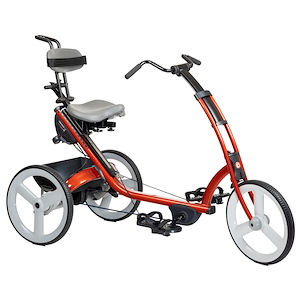
Medium Adaptive Tricycle
$2,853.00
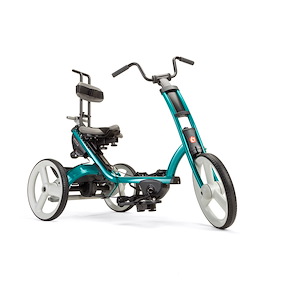
Rifton Small Adaptive Tricycle
$2,543.00
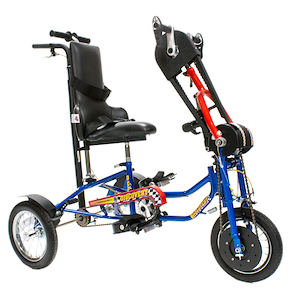
Adaptive Handcycles
$4,495.00 $4995
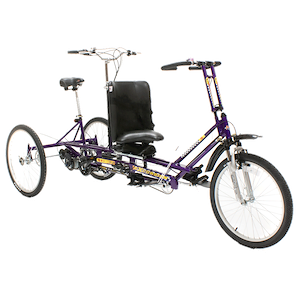
Tandem Excursion Series
$7,425.00 $8250
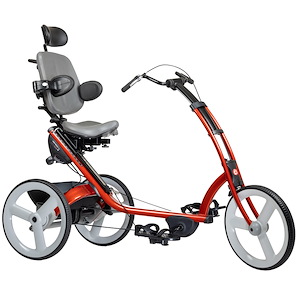
Large Adaptive Tricycle
$3,165.00
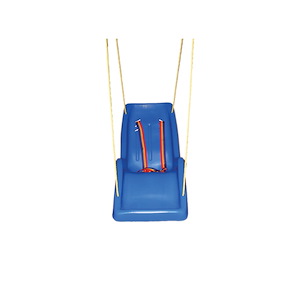
Full-Body Reclining Swing with Chain
$445.00
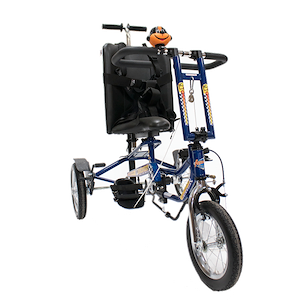
Kids Adaptive Tricycle
$3,757.00 $4175
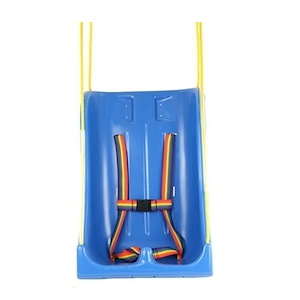
Full Support Swing Seats with Chain
$329.00



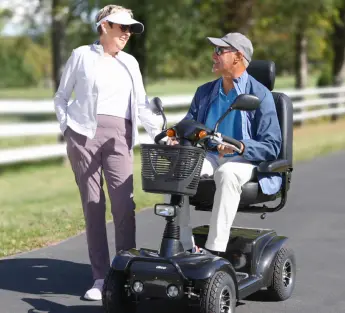

 Contact Us
Contact Us
 M-F 9am - 6pm ET
M-F 9am - 6pm ET
 Request parts
Request parts Request Service
Request Service
